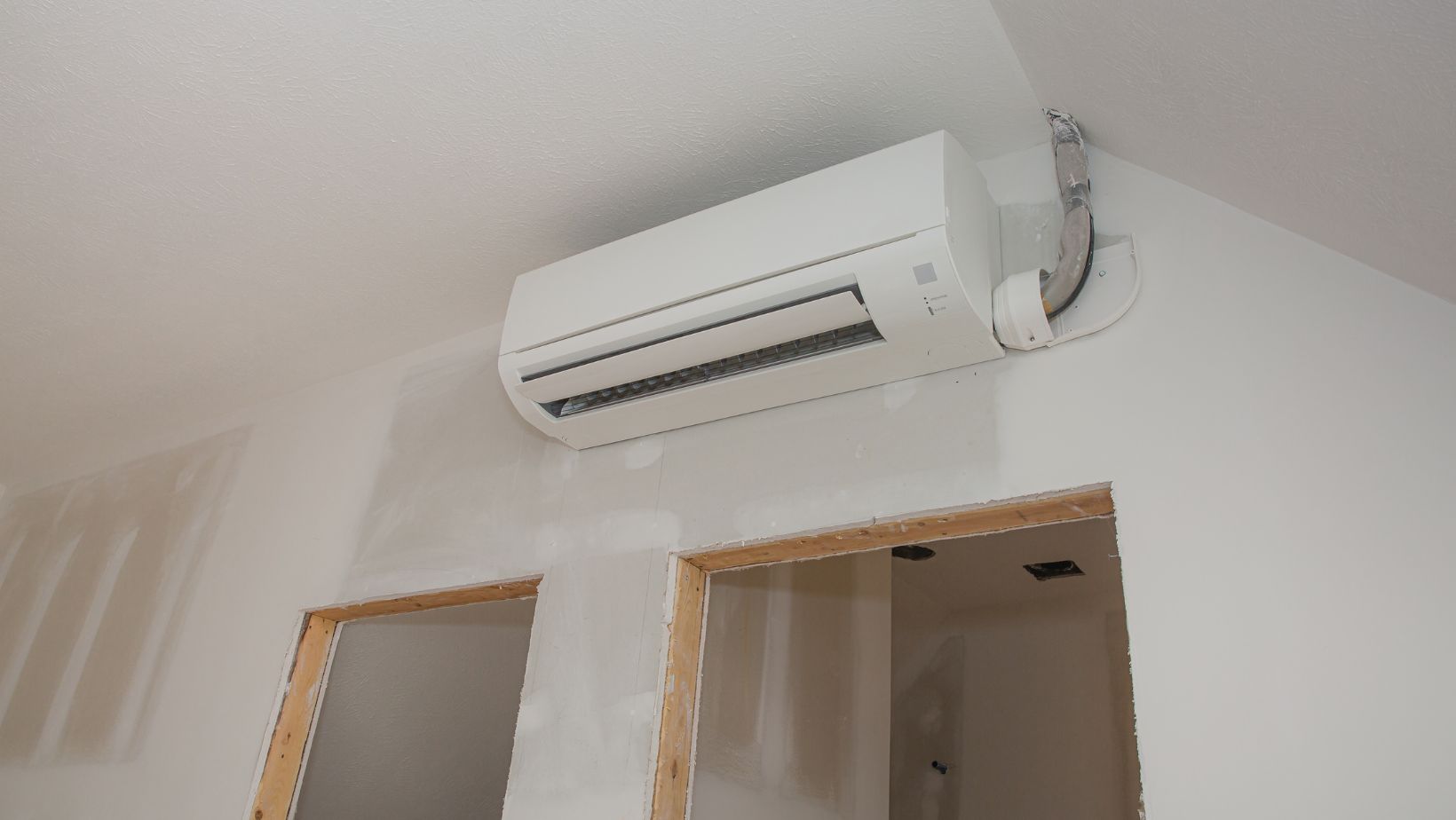
As a homeowner, I’m always on the hunt for ways to boost my home’s energy efficiency. And guess what? I’ve found a game-changer – high-efficiency mini splits. These compact, powerful systems are set to revolutionize home heating and cooling in 2024.
With the rise in energy costs, it’s no surprise that we’re all looking for smarter, more efficient ways to keep our homes comfortable. And that’s where high-efficiency mini splits come in. They’re not only energy-efficient, but also incredibly versatile, making them a fantastic option for any home.
What Makes Mini Splits Efficient?
Mini split systems anchor their efficiency on several key aspects. First off, they operate on the principle of heat pump technology. This means they move heat, rather than generating it. You’d find this approach considerably energy-saving compared to traditional HVAC systems that generate heat.
Consider the aspect of ductless operation. Unlike traditional systems that lose a substantial amount of energy in the ductwork, mini splits directly transfer air into a room. This eliminates potential energy loss in the ductwork, presenting an edge in energy efficiency.
Furthermore, zonal cooling and heating is another characteristic of mini splits contributing to their efficiency. With this, you can manage the temperature of individual rooms according to need. Heating or cooling empty rooms isn’t an issue, translating to less energy use.
Inverter technology plays a big role too. Mini splits, equipped with this technology, can adjust fan and compressor speeds in response to cooling or heating demand. This ability aids in maintaining a stable indoor temperature, reducing energy consumption.

Lastly, high efficiency mini splits boast advanced features boosting their operational efficiency. From programmable timers, sleep modes to Wi-Fi connectivity and more, these features allow optimum control over the system’s operation, minimizing unnecessary energy usage.
As an example, homeowners in Seattle, WA, keen on optimizing their energy use, have embraced mini splits services for their homes, reaping benefits of the mentioned efficiencies.
Benefits of High-Efficiency Mini Splits
High-efficiency mini splits bring myriad benefits, especially in reducing environmental impact and providing substantial cost savings. As an experienced expert, I’d like to delve into these benefits.
Environmental Impact
High-efficiency mini splits significantly lessen environmental impact. Distinctly, mini splits use heat pump technology, transporting heat instead of creating it. This variation in functioning results in less usage of energy, curbing carbon emissions. Importantly, ductless operation eradicates energy loss frequent in traditional duct systems. Considering Seattle’s drive to reduce emissions, engaging Mini Splits Services in Seattle, WA provides a fantastic option to contribute to this cause and improve your home’s green credentials.
Cost Savings
Cost savings stand out as a premier advantage you’ll experience with high-efficiency mini splits. Mini splits’ zonal heating and cooling enables you to control the temperature of individual rooms. Consequently, it’s unnecessary to cool or heat unoccupied spaces, resulting in optimal energy use and reduced utility bills. Furthermore, inverter technology adjusts the compressor and fan speeds based on demand, conserving energy and cutting costs. These advanced features further increase savings, with programmable timers offering specific operational periods and Wi-Fi connectivity providing optimal control. Whether in Seattle or anywhere else, using high-efficiency mini splits can amass significant cost savings.
Choosing the Right Mini-Split System
To pick the right mini-split system for your house, you’ve got to assess your space and consider your climate and location.
Assessing Your Space
Start with checking the size of the room you’re planning to heat or cool. Measure the room’s length, width, and height, then multiply these measurements. This way, you’ll get the approximate volume of the space. For instance, a room measuring 10ft wide, 12ft long and 8ft high gives a volume of 960 cubic feet.

Remember, larger rooms generally require more powerful mini-split systems. In addition to this, observe layout features like the number of doors and windows, and where they are located. These features influence how heat and cool air travel in a room.
Considering Climate and Location
Moreover, consider your region’s climate and your specific location. Mini splits work most efficiently in moderate climates. Seattle residents, for instance, can benefit a lot from mini splits services, as the region’s weather isn’t too extreme. Locations with hotter or colder climates may require mini-splits with higher heating or cooling capacities. Thus, when contemplating mini-split systems, take into account your typical hot and cold temperature ranges, the amount of insulation your home has, the direction your home faces, and other environmental factors.
By applying these suggestions, you can make an informed decision about the perfect mini-split system for your Seattle home, maximizing both comfort and cost-efficiency.
Installation and Maintenance Tips
Navigating the world of high-efficiency mini splits can be daunting, but it’s worth the effort. Remember, it’s not just about buying the system; it’s about making sure it’s installed correctly and maintained well. That’s where the real savings come in. Don’t skimp on professional installation. A poorly installed mini split won’t give you the efficiency you’re after. Regular maintenance, too, is key to keeping your system running at peak performance. So, as we wrap up this guide, I’d urge you to take these factors into account. After all, your goal is to maximize comfort and cost-efficiency. And with the right mini split, you’ll be well on your way. So, here’s to a greener, more energy-efficient home in 2024.





